Do you know the difference between seed potatoes and regular potatoes? Not everyone is aware, yet it’s important to know what sets them apart. Seed potatoes are specifically grown with the intention of being replanted while regular potatoes are usually chosen for their flavor or appearance when choosing from the grocery store produce section. In this post, we discuss both types of spuds in-depth so that you can understand exactly what makes them special – as well as how they should be stored and prepared! Read on if you’d like to learn everything there is to know about these two very different potato varieties.
The Origin of the Potato
The potato is a beloved staple food in many cultures around the world. But where did this humble tuber come from?
At first, the potato was not widely accepted as a food source outside of South America. However, after Spanish conquistadors discovered the potato in the 16th century, its popularity began to spread throughout Europe and eventually to other parts of the world. [2] Today, the potato is a vital crop that is grown in many countries and used in countless dishes. It is fascinating to think about how this simple vegetable has traveled so far and had such a widespread impact, all starting from its humble beginnings in the Andes.Seed Potatoes vs. Regular Potatoes
Now that we have discussed the fascinating history of the potato, let’s dive into what makes seed potatoes and regular potatoes distinct from one another.
Regular Potatoes
Regular potatoes, also known as white potatoes, are a popular and versatile vegetable that is cherished by many gardeners. They are grown worldwide and serve as a staple food for many cultures.
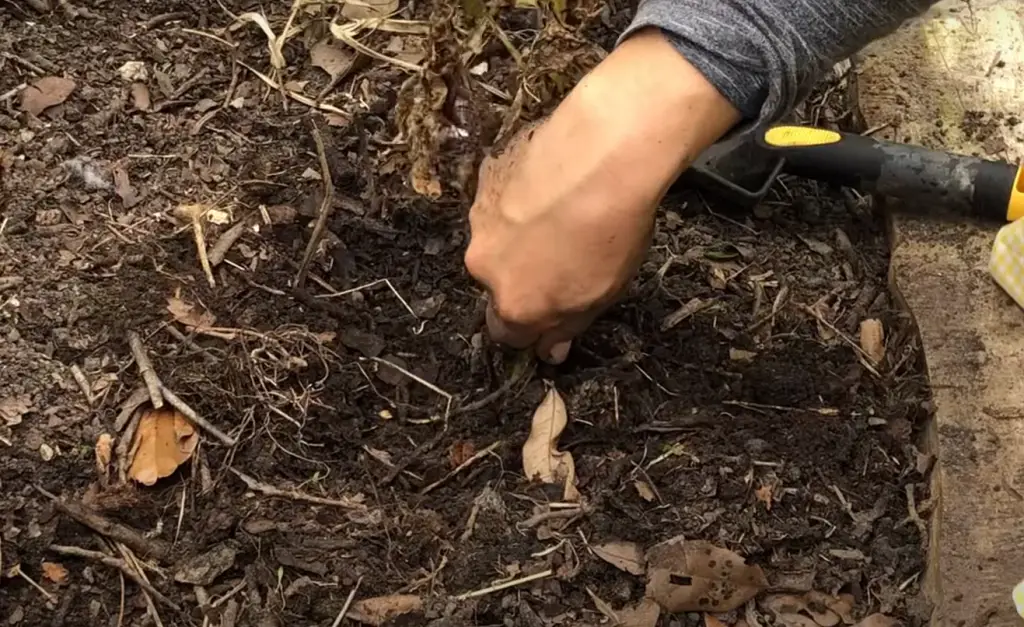
These potatoes form a part of the Solanaceae family, and they grow well in cool temperatures. [3] One of the great things about gardening regular potatoes is that they are quite easy to grow, making them ideal for beginners. They can be planted in well-drained soil during the early spring season, and they mature within 2-3 months. Regular potatoes are an excellent source of carbohydrates, fiber, and potassium, making them a healthy food choice.
Seed Potatoes
Seed potatoes, on the other hand, are a special type of potato that is specifically grown for planting. Seed potatoes are certified to be free from disease and will produce healthy plants when planted in the right conditions. As mentioned earlier, seed potatoes can be planted during early spring and mature within 2-3 months. Unlike regular potatoes, seed potatoes must be kept in cool temperatures prior to planting so that they don’t sprout prematurely.
To Sprout or Not To
When it comes to seed potatoes vs. regular potatoes, one of the main differences is in how they react when stored for long periods of time. Regular potatoes can be stored in cool, dark areas and should stay fresh for up to a month or two. However, if you store them too long, they will eventually begin to sprout and become unusable as food. On the other hand, seed potatoes should be stored at a slightly colder temperature than regular potatoes and should not be allowed to sprout before planting them. If you plan on keeping them stored for an extended period of time, make sure that they are sealed tightly and placed in a refrigerator or some other cool environment until ready to use.
Certified Disease Free
Another key difference between seed potatoes and regular potatoes is that seed potatoes are certified disease-free. [4] This means that when you buy seed potatoes, the quality of them has been tested to ensure that they will produce healthy plants when planted in the right conditions. Regular potatoes, on the other hand, may contain diseases or viruses which can be passed onto your crop if not handled properly. For this reason, it is important to select seed potatoes from a reputable source so that you know they are safe for planting.
High Yields and Great Quality
Seed potatoes have one major advantage over regular potatoes: they produce higher yields and better quality than regular potatoes. [5] Seed potatoes can yield up to twice as many potatoes per plant when compared to regular varieties, making them a great choice for gardeners looking to maximize their crop.

Furthermore, the quality of the spuds produced by seed potatoes is generally much higher than that of regular varieties. This means that you will end up with healthier, more flavorful tubers when planting seed potatoes.
Can You Use Any Potato as a Seed Potato?
Seed potatoes are not interchangeable with all potatoes. [6] Only certified and inspected potatoes from a reputable source should be used as seed potatoes for planting. Seed potatoes are specifically chosen for their disease resistance and high yield potential. They are also carefully monitored to prevent the spread of plant diseases in your garden. It is important to check that the seed potato you purchase is free of cuts, blemishes, or signs of disease before purchasing it. Additionally, some varieties are more suitable for certain climates than others, so it is important to do research on which variety will work best in your area. By using certified and inspected seed potatoes from a reputable source you can ensure that your harvest will be healthy and provide the highest yields possible.
Are True Potato Seeds and Seed Potatoes the Same Thing?
Seed potatoes and true potato seeds (TPS) are two different things. TPS are rare and can only be found in a few varieties of potato. They look like small green balls, resembling pea or bean pods. TPS can be planted to produce new potato plants, but they will take much longer to germinate and require specific environmental conditions for successful growth. Additionally, the resulting potatoes will be genetically different from the parent plant and may have unpredictable qualities, making them a less desirable option for many gardeners when compared with seed potatoes.
In conclusion, seed potatoes offer higher yields and greater disease resistance than regular potatoes, making them an ideal choice for gardeners looking to maximize their crop’s potential. They should be purchased from a reputable source to ensure that they are disease-free and suitable for planting. Additionally, seed potatoes should always be kept in cool temperatures and should not be allowed to sprout before planting.
By understanding the differences between seed potatoes and regular potatoes, gardeners of all levels can find success with their potato crop.How to Choose Which Potatoes to Grow?
In order to determine which type of potatoes you should grow, it is important to consider your individual needs and preferences.
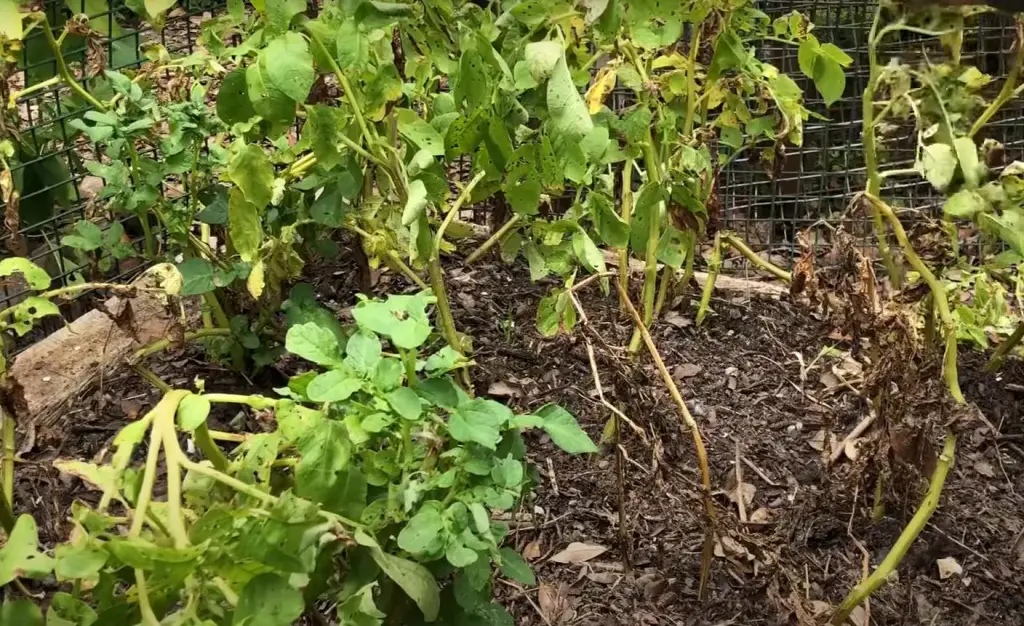
If you are looking for a quick harvest with lower risk of disease and a high yield, then seed potatoes may be the best option for you. For gardeners who want more variety in their crop or don’t have access to certified seed potatoes, true potato seeds can be a suitable alternative, but they require more specialized care and can produce unpredictable results. It is important to consult with a local farming professional before making your decision so that you choose the right potatoes for your garden. Additionally, research the varieties of potatoes available in your area to ensure that you get the best quality tubers for planting. With careful selection and preparation your potato crop should be successful and provide you with a tasty harvest.
How to Make Your Own Seed Potatoes?
If you are unable to find certified seed potatoes in your area, it is possible to make your own. You can use any type of potato for this process, but it is important that the spuds be free from cuts or blemishes and have no signs of disease. To create seed potatoes, first cut a larger potato into smaller pieces roughly 1-2 inches in size. Make sure each piece has at least one eye or bud visible on the skin. Place the pieces in a cool area with indirect light until they form a thin layer of skin over the eyes or buds (this will take several days). Once the skin forms, plant the potatoes as normal and wait for them to sprout and begin producing new potatoes! By creating your own seed potatoes, you can save money and still get a great harvest from your crop.
How to Plant Seed Potatoes
Planting seed potatoes is a fairly straightforward process that can be done in just a few steps.
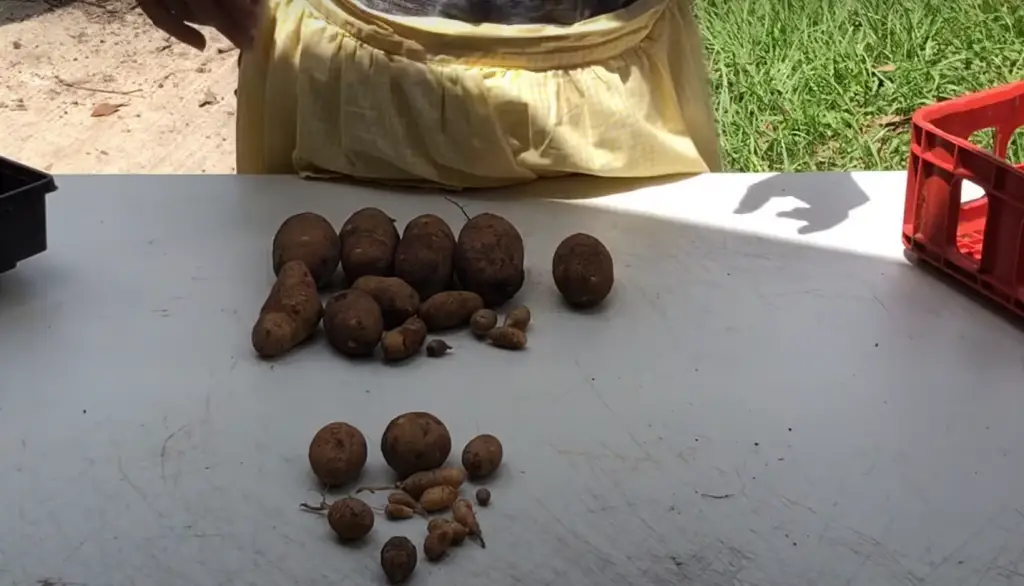
The following guide provides an overview of the basics of planting seed potatoes and will help you get started with your garden:
- Select certified seed potatoes from a reputable source and check for any signs of disease or blemishes before purchasing.
- Cut larger potatoes into smaller pieces roughly 1-2 inches in size, making sure each piece has at least one eye or bud visible on the skin.
- Prepare your soil by tilling it to create loose soil for easy root penetration and add organic fertilizer to provide nutrition for the plants as they grow.
- Determine which variety of potato you are planting and how deep the potato pieces should be planted based on soil type and climate.
- Dig shallow trenches for the potatoes, approximately 2 inches deep, leaving space between each row.
Place the potato pieces in the trench with the eye or bud facing up and cover them with soil so that they are slightly buried. - Water your seed potatoes regularly to keep them moist but not soggy, especially during warmer weather.
- Once the plants have emerged from the soil, continue watering as needed and apply a layer of mulch around each plant to retain moisture and help prevent weeds from growing around it.
- When ready to harvest, carefully dig up your crop making sure not to damage any of the tubers!
FAQ
Can I Save My Own Seed From My Potato Crop?
Yes, you can save your own seed from your potato crop in order to replant the following year. However, it is important to note that the potatoes will be genetically different from the parent plant and may have unpredictable qualities, making them a less desirable option for many gardeners when compared with seed potatoes.
What is the Advantage of Seed Potatoes?
The main advantage of seed potatoes is that they offer higher yields and greater disease resistance than regular potatoes, making them an ideal choice for gardeners looking to maximize their crop’s potential. Additionally, purchasing certified seed potatoes eliminates any risk of introducing disease into your garden, ensuring a healthy harvest with the highest possible yield. Finally, seed potatoes can be planted more quickly and easily than true potato seeds, making them a great choice for gardeners of any experience level.
How Long Will Seed Potatoes Keep?
Seed potatoes can be kept for up to a year in a cool, dry place with temperatures between 35-45°F (2-7°C). Store them in a well-ventilated area away from direct sunlight. To ensure maximum freshness and germination rate, check the potatoes periodically and discard any that are discolored or soft. When stored properly, seed potatoes can last for several months.
How Many Times Can You Cut a Seed Potato?
Seed potatoes can generally be cut two to three times for planting – depending on the size of the potato and the desired number of plants. When cutting, make sure that each piece contains at least one or two “eyes” (small raised bumps) which are where new shoots emerge. For larger potatoes, you may need to cut them into four pieces.
Is it Better to Plant Seed Potatoes Whole or Cut?
It is generally better to cut seed potatoes as it helps the plant sprout more quickly and evenly.
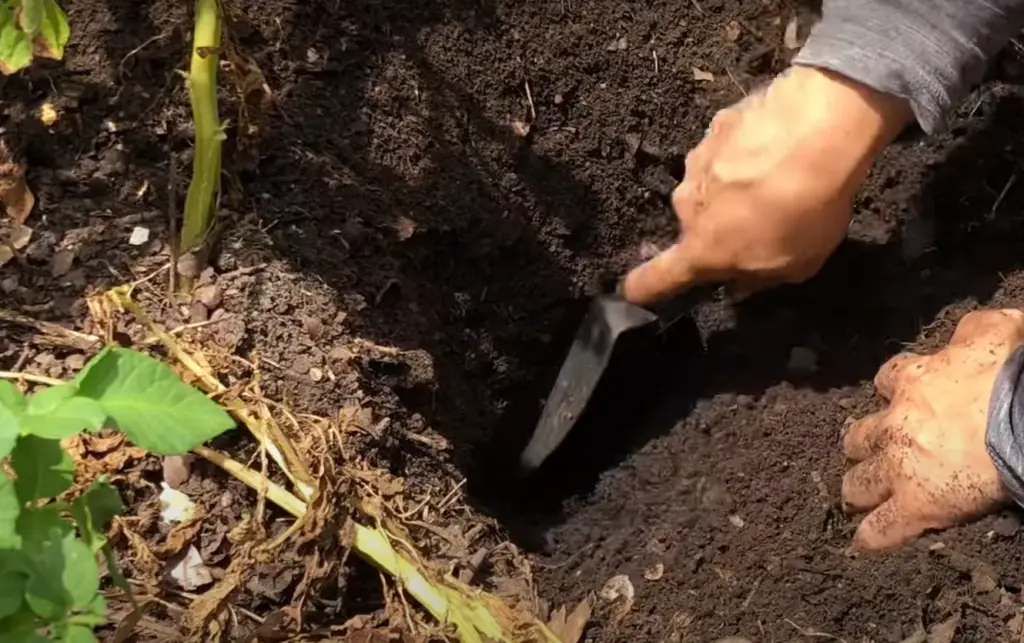
However, if you are growing large varieties of potatoes that are too big for a single planting hole, you may want to consider planting the whole potato. Planting the entire potato also gives the plants a head start in growth and can help ensure larger yields at harvest time.
Can Old Potatoes be Used for Seed?
In general, old potatoes that have started to sprout are not ideal for seed potatoes. While they may still be able to produce a crop, the chances of success and yield will likely be lower than with fresh seed potatoes. It is best to use certified disease-free seed potatoes for optimal results.
How Many Seed Potatoes are Needed?
The amount of seed potatoes needed will depend on the size of your garden and desired yield. Generally, about six to ten seed potatoes per 10-foot row are recommended for a good harvest. If you are growing large varieties, you may need more than ten seed potatoes per row.
Useful Video: Store bought potato vs. seed potato results
Conclusions
All in all, understanding the difference between seed potatoes and regular potatoes can greatly enhance your knowledge of these vegetables – both when you are shopping for them as well as how they should be prepared and stored. Knowing their unique differences will also boost your vegetable gardening skills; you’ll be able to confidently choose whichever spud is best suited for your next gardening project. Therefore, it’s of utmost importance that you understand the finer nuances when dealing with these two types of potatoes. Careful consideration must be given if you want the best results regardless of whether you are nourishing your body with a great meal or starting a garden!
References:
- https://www.thepostathens.com/article/2023/04/opinion-potato-latin-america-peru-south-america-andes
- https://potatogoodness.com/potato-fun-facts-history/
- https://www.alchemyacademybali.com/food.php?f=44
- https://www.tinygardenhabit.com/seed-potatoes-vs-regular-potatoes/#:~:text=The%20main%20difference%20between%20seed,spread%20of%20common%20potato%20diseases.
- https://unece.org/sites/default/files/2022-02/Seed%20potato%20poster%202022.pdf
- https://greenupside.com/what-is-a-seed-potato-3-things-you-should-know/






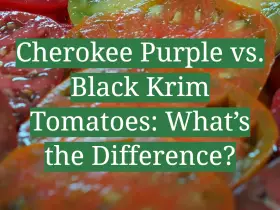



Leave a Reply
View Comments